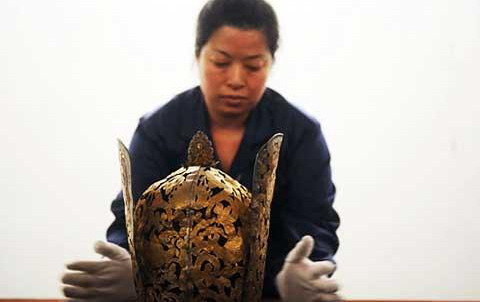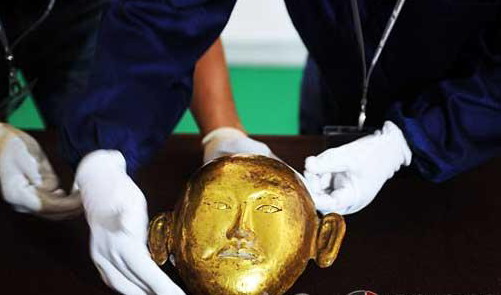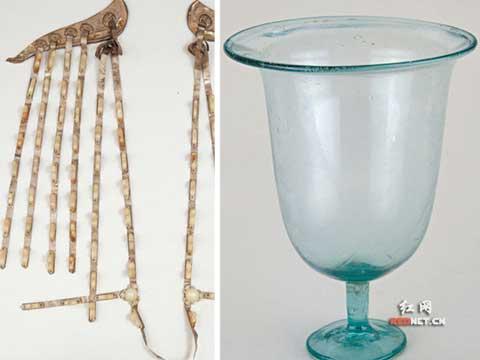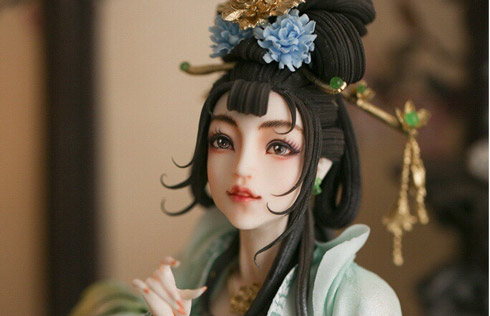Ancient Khitan relices on display in Hunan
Throughout the ages, people have differed in the way they chase immortality. Unlike Egyptian mummification, the ancient Khitan ethnic people in northern China preferred wooden puppets.
 |
|
To discover the mystery of the past, an exhibition has opened to the public in central Hunan province. |
To discover the mystery of the past, an exhibition has opened to the public in central Hunan province.
The Khitan people loved gold, even in the next life. Many of the 114 relics found in the tomb of a mysterious Khitan lady are made of gold.
 |
|
To discover the mystery of the past, an exhibition has opened to the public in central Hunan province. |
Some one-thousand years after she was buried, nobody knows who she is. With no epitaph or literary hints, experts are forced to focus on the pieces that accompanied the owner. So far, they are convinced she was either a princess or a royal witch.
Ash is preserved in the back of the wooden puppet, which is made the size as the owner. And every joint can still move. That's how the ancient Khitan people tried to keep a soul immortal.
 |
|
On display are nearly 250 artifacts unearthed near the necropolis of Qin Shi Huang, who declared himself the First Emperor of China in 221 B.C. |
The Khitan were a nomadic people that lived originally in what is today's Mongolia from the 4th century. They dominated a vast area in northern China by the 10th century under the Liao Dynasty, but left few relics that survived until today.
The Khitan lady of mystery is on display along with her gold at the Hunan Museum and runs through October 10th.






















